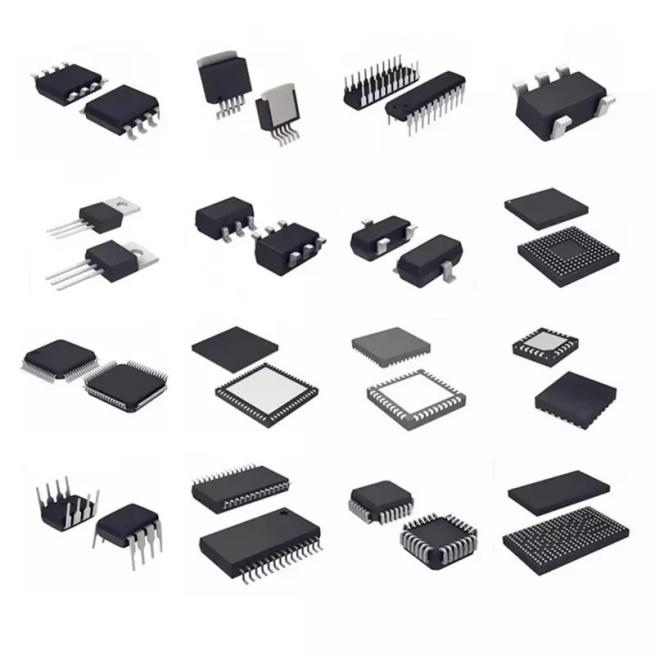

| Part number: | 489-702 |
|---|---|
| Product classification: | Fan Cords |
| Manufacturer: | Sanyo Denki |
| description: | FAN CORD SAN AC |
| Encapsulation: | - |
| Packing: | Bulk |
| Quantity: | 0 |
| RoHS: | |


| TYPE | DESCRIPTION |
| Mfr | Sanyo Denki |
| Series | - |
| Package | Bulk |
| Product Status | OBSOLETE |













